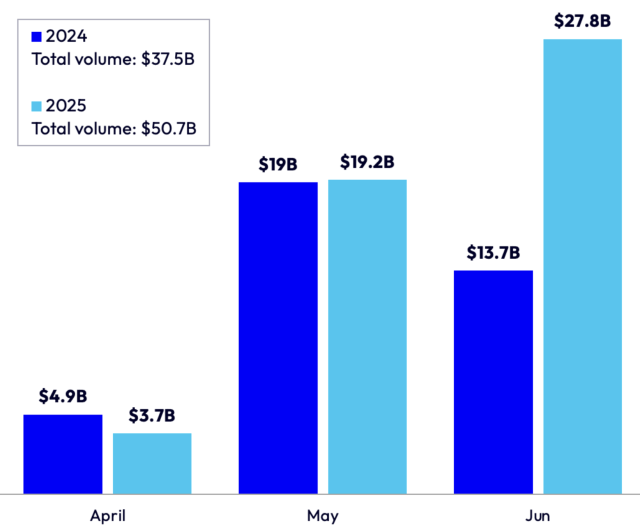
The 5 Top-of-Mind Issues Dominating the LIBOR Transition
There’s been a lot of discussion in the capital markets world about the anticipated end of LIBOR and the ensuing far-reaching implications. For decades, LIBOR has been used to set interest rates for a variety of financial instruments, from student loans and mortgages to complex derivatives—with a total worth today of around $350 trillion. That leaves little reason to think that a transition from LIBOR to alternative reference rates will be a straightforward process. At this time, the successor rates to LIBOR have been determined, which is a significant step forward, but numerous questions still remain.
In this paper, we highlight what we believe are the top key issues that market participants should consider—and clearly understand—in preparation for LIBOR’s likely phase out in 2021. These include:
- The timing of the phase out
- The role of liquidity in the adoption of alternative rates
- The effect on legacy contracts
- The impact on curve construction
- The future existence of LIBOR


